Chhattisgarh: Tribal Life, Motorcycle Adventures and a Lingering Sadness.
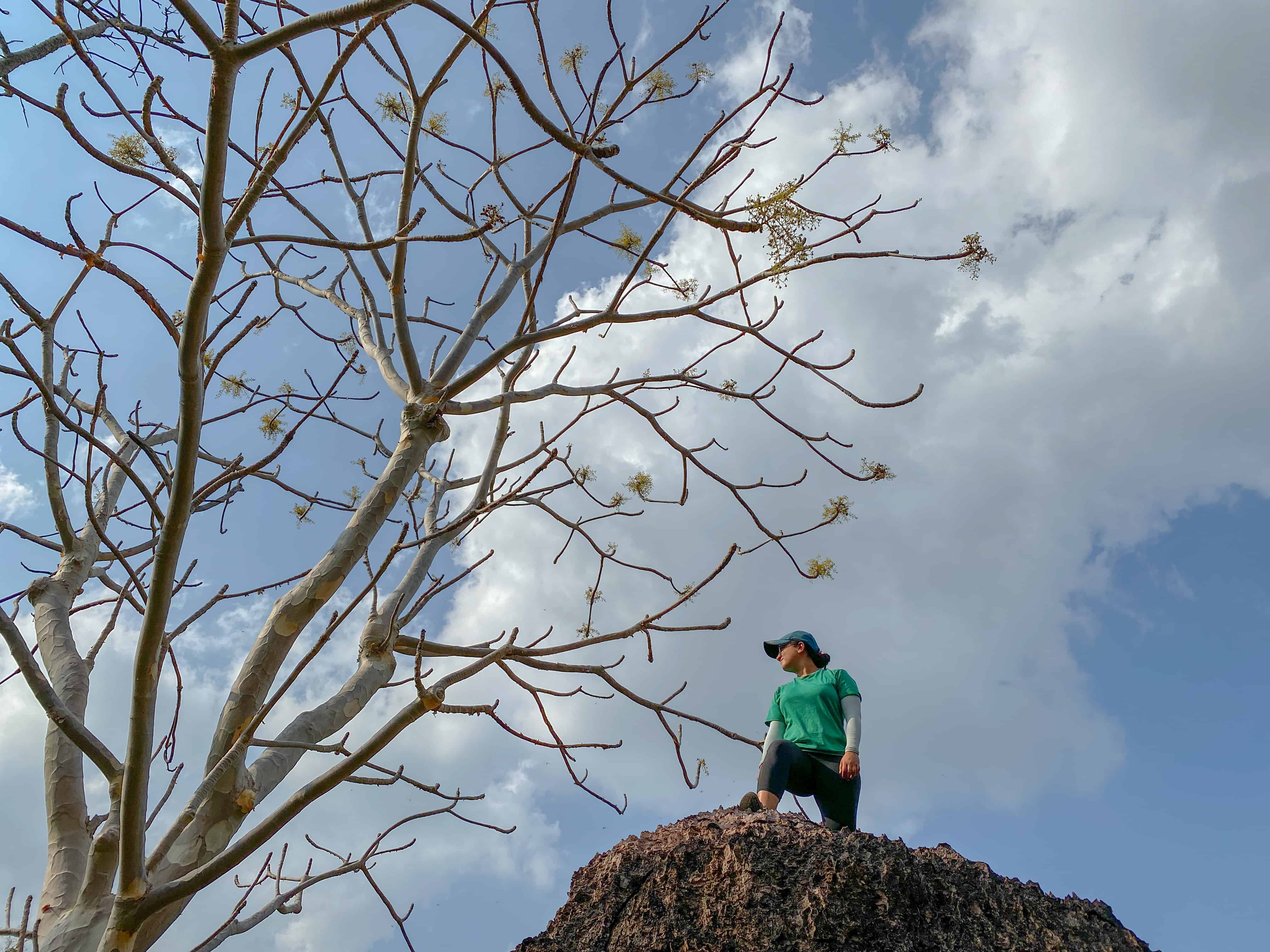
Dreaming of Chhattisgarh travel in the distant, post-lockdown future? In my first Chhattisgarh travel blog post, a glimpse of my solo adventures and why I *almost* fell in love.
I bade goodbye to Chhattisgarh with bittersweet feelings. Over nearly two weeks in the state (well before the lockdown), I rode pillion through eerily quiet sal forests late at night, with barren white ghost trees shimmering under the moonlit sky. Took a poop under a jackfruit tree with a cobra in the vicinity! And crossed flowing rivers to reach remote tribal settlements, as both my adrenaline and curiosity surged.
While travelling through Bastar and Kawardha, I lived in an off-grid village of the Gond tribe deep in the forest. In this demarcated Naxal territory, I joined my host family around a fire, trying to decipher the complexities and misconceptions of tribal life.
With hastily shut eyes and an aching heart, I witnessed a goat sacrifice in the traditional festival of the Dhurwa tribe. Rumor has it that back in the day, humans were sacrificed at their forest altars. Apparently clueless outsiders who overstayed their welcome!
Also read: The Mystical Ways of Arunachal Pradesh’s Galo Tribe
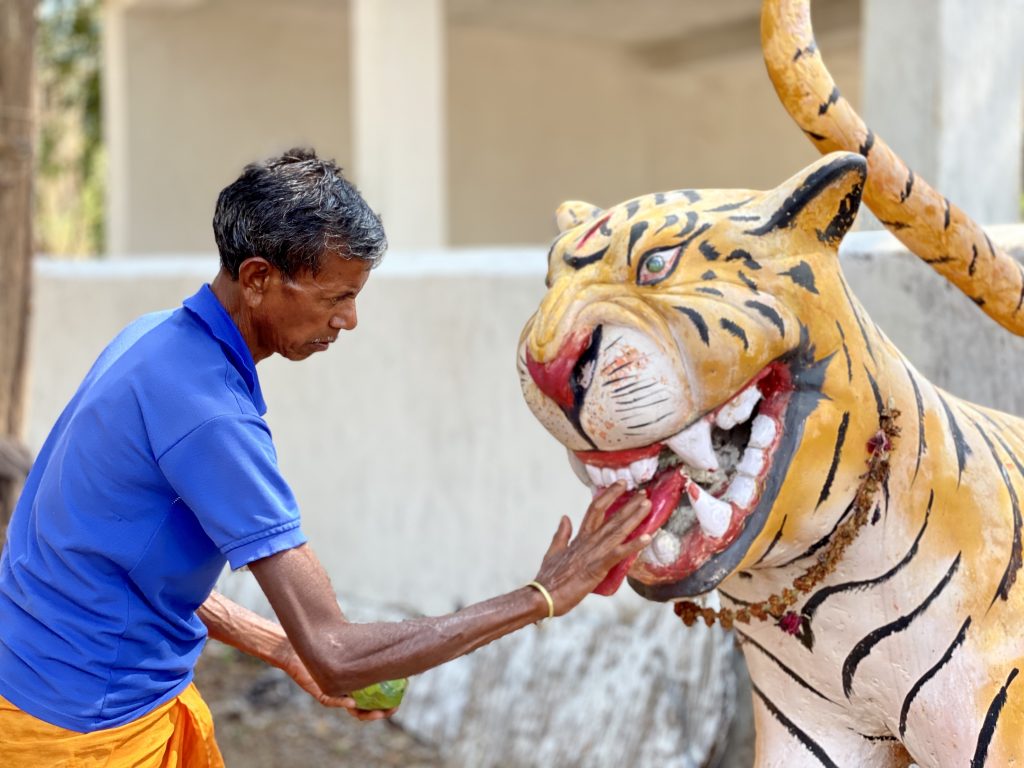
In a traditional healer’s hut, alongside medicinal herbs, I was shocked to discover worn-out bird feet and pangolin shells (gathered years ago), still used to heal people. In obscure villages, I met artists and craftsmen, working with bell metal and bamboo crafts – their extraordinary lives and rare skills mocked by the tag of “other backward classes”.
With no toilets in remote tribal villages, I relieved myself under a jackfruit tree. On the short walk back to my host family’s house, I was shocked to spot an Indian cobra, lying lifeless on the path. Possibly the fallen prey of an eagle.
Also read: Solo Travel Moments That Left Me Scared Shitless
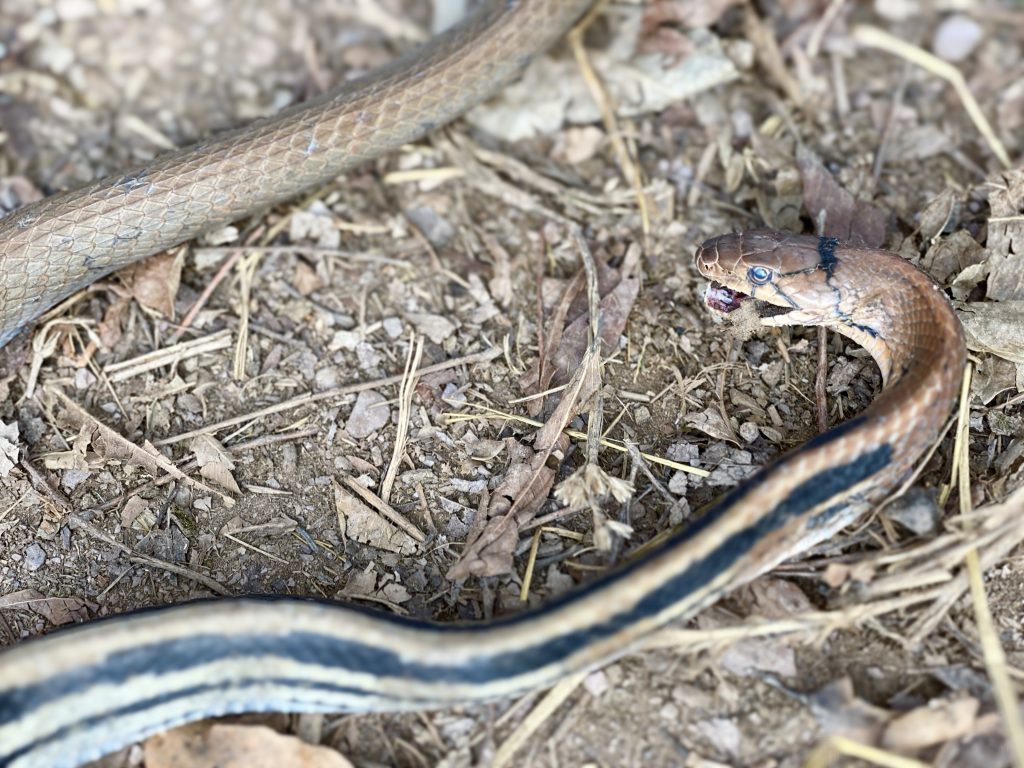
In a local haat (tribal market), I drank landa – homemade fermented rice brew with a nutty texture – in a tendu leaf cup. Under a grand old mahua tree, I met a sweet Baiga family fermenting mahua liquor in a boiling pot. They wouldn’t let me leave without tasting some delicious hot potent brew in a leaf cup, even though it was just after breakfast.
I met women of the Baiga tribe who still tattoo their foreheads, arms and legs. In semi-permanent mud houses they live, sharing the land with bears, leopards, tigers and other creatures of the forest.
And perhaps I’ll never forget that evening, when in the twilight hours, the sudden rush of freedom gripped me as I stood under the torrential spray of the gushing Teerathgarh waterfall! If someone had told me that I’d be 50+ days into an indefinite lockdown as I type this, I would’ve savored that rush just a little longer.
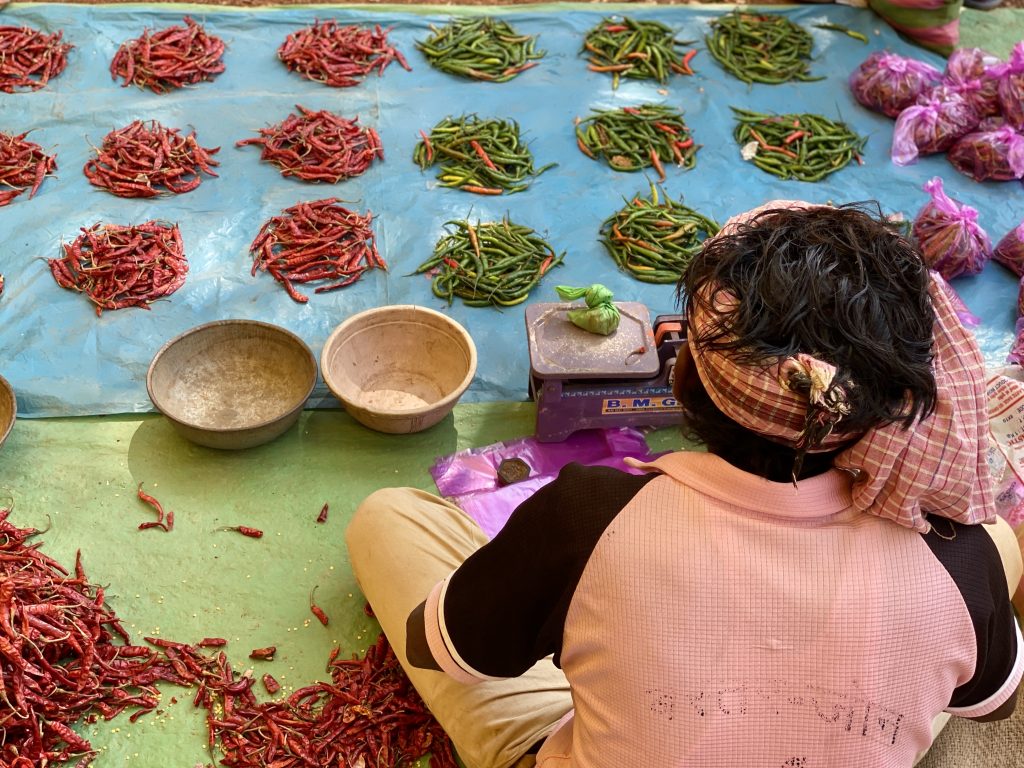
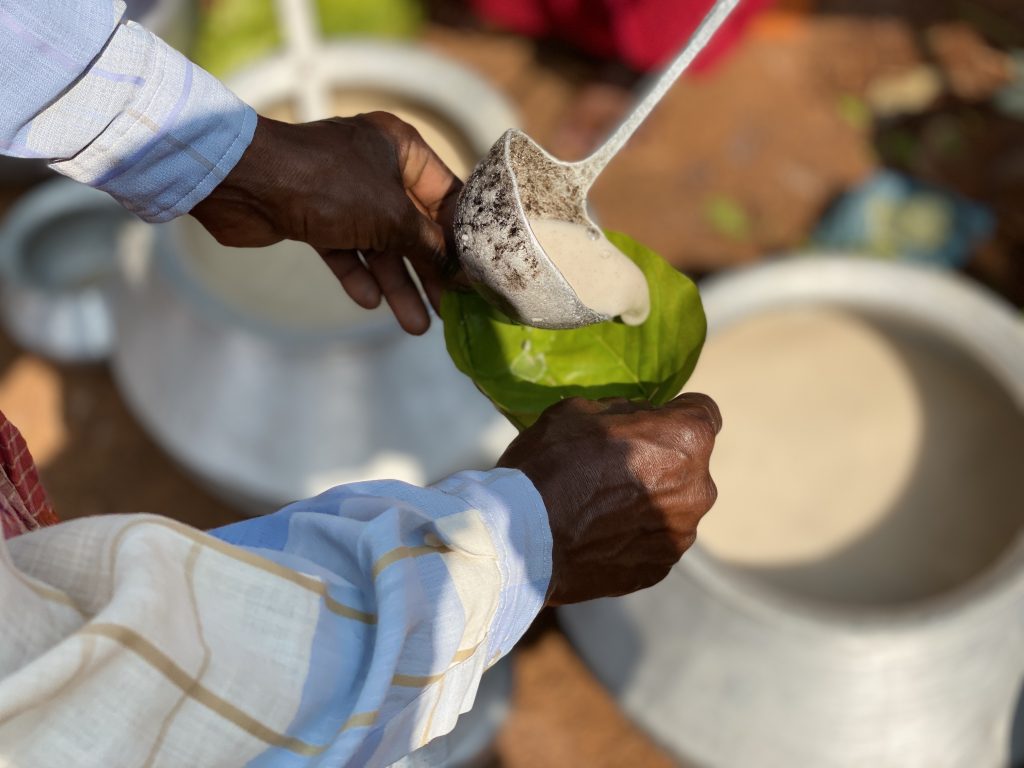
And yet, I felt a deep sadness as I spent time with the tribes of Chhattisgarh.
The old rituals, the traditional way of wearing clothes and hair, social interactions in the forest and the tribal haats have fallen prey to the influences of “modernity” and religion. The once nutritional diet of millets and superfoods – like kodo, moringa and mahua – has been replaced by rice and daal, leading to malnutrition. An abundance of indigenous knowledge about the forest and the sustainable, zero-waste use of its resources is on the brink of extinction.
The shift towards ‘modern’ habitat conservation techniques has alienated the very communities that have protected this land for centuries. Many tribal communities have had their connection with the forest severed.
Also read: Inspiring Women I Met in Bhutan – and What Happiness Means to Them
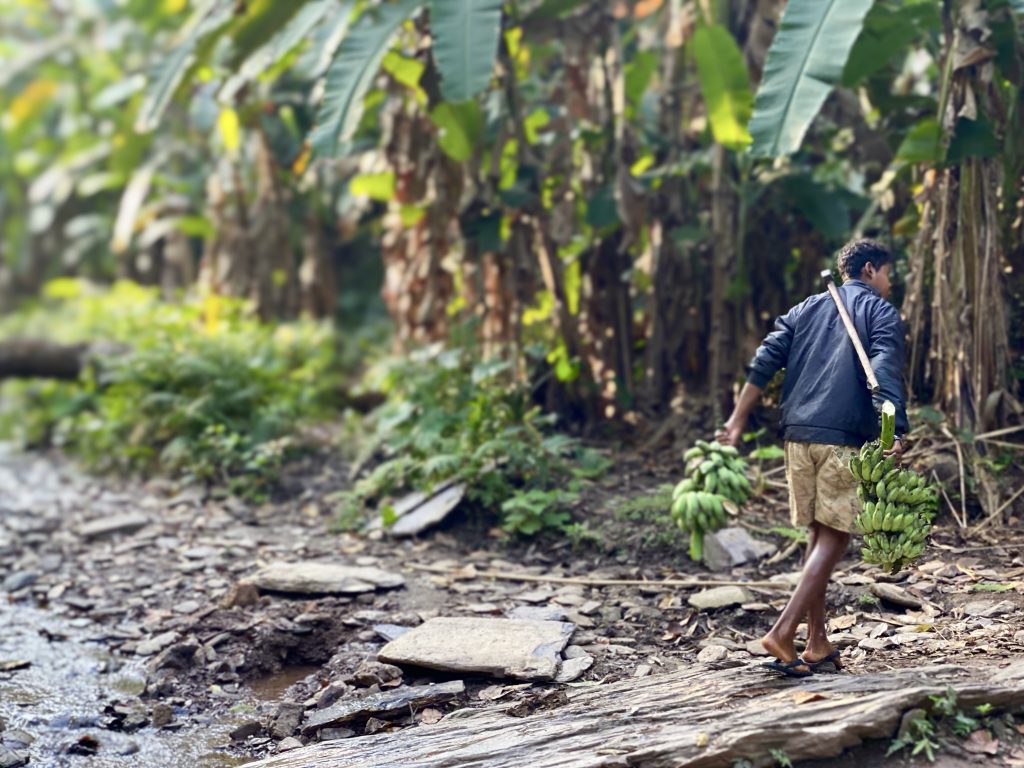
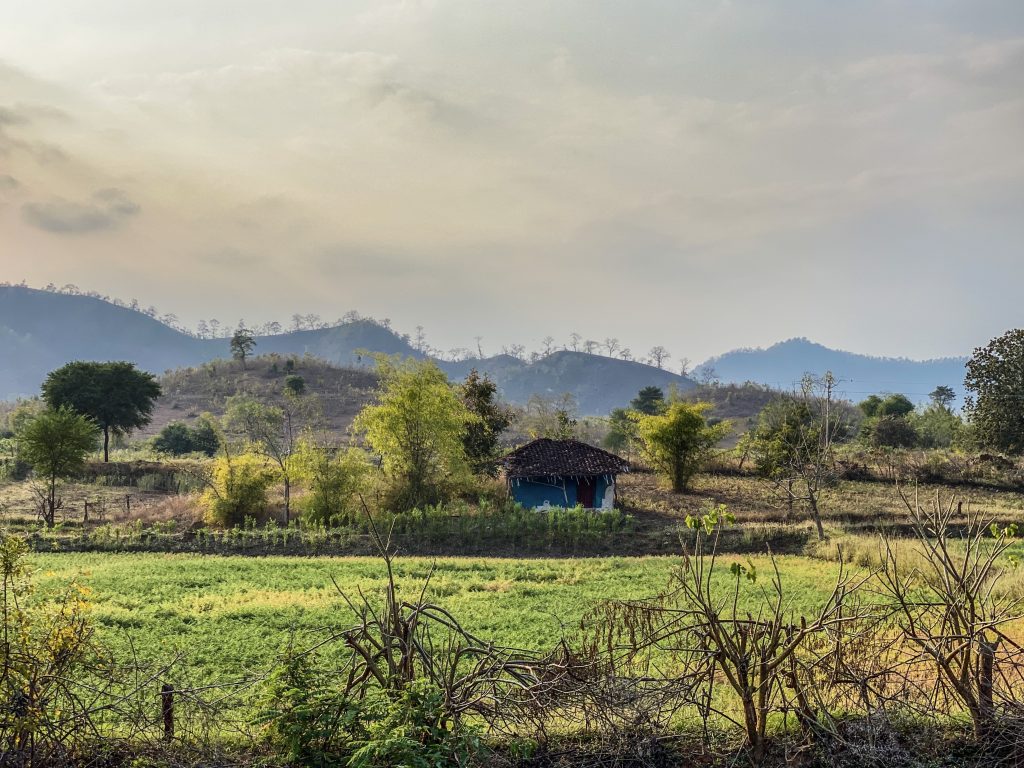
As I lived with tribal families, broke bread with a shaman under the stars and heard stories of socially progressive customs, I had one lingering thought. That the current generation of tribal elders is our last chance to retain India’s ancient indigenous knowledge to live sustainably with nature. Their children, who still have the forest in their blood, could easily be trained as naturalists, guides and conservationists, instead of just being a source of menial labor.
Instead of labeling them as ‘backward’ people, we need to acknowledge the centuries of wisdom they’ve gathered from living in harmony with the land.
As we move “forward” in a world wrought with materialistic greed and environmental degradation – especially in the midst of a pandemic linked to biodiversity loss – travelling in Chhattisgarh was a reminder of what we stand to lose along the way.
Also read: How to Indulge Your Wanderlust at Home During the Coronavirus Pandemic
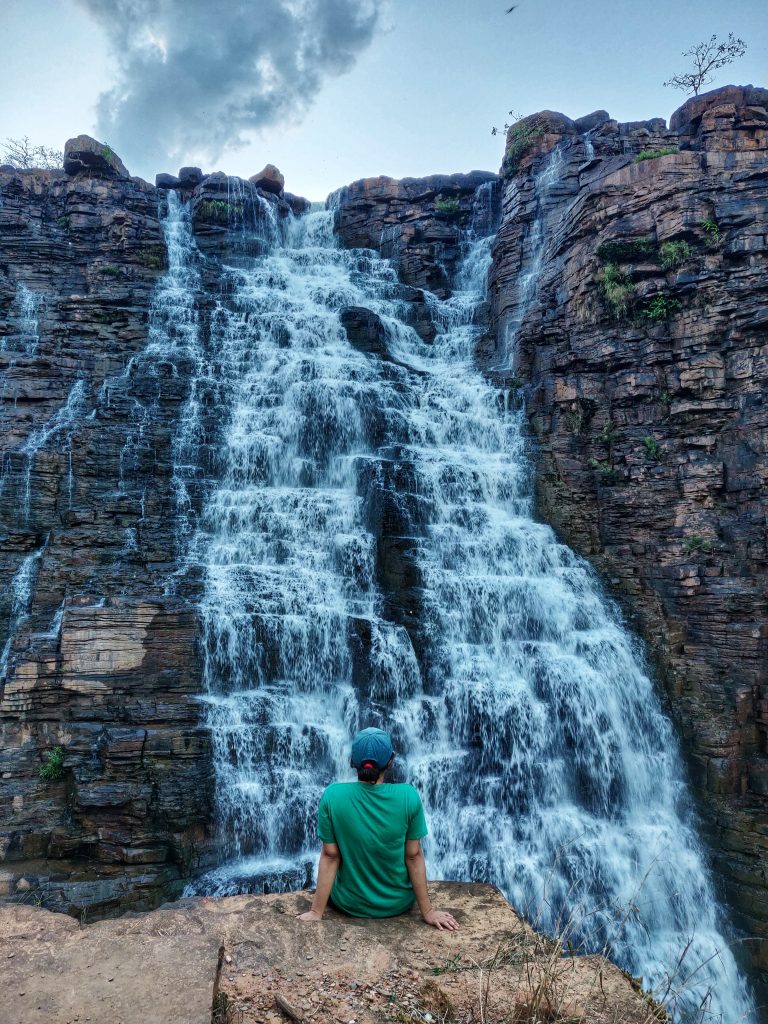
Chhattisgarh travel info
I explored Bastar with Bastar Tribal Homestay and Unexplored Bastar, and Kawardha with Bhoramdeo Jungle Retreat. They’re all committed to responsible travel in Chhattisgarh. I’ll be sharing more about them in other Chhattisgarh travel blog posts, coming soon.
Have you travelled to Chhattisgarh or is it on your wishlist for the distant future? What would you like to read in my next Chhattisgarh travel blog?
ALSO READ:
Ideas of Love and Life from the Tribes of Chhattisgarh
15 Responsible Travel Tips for Authentic, Meaningful Experiences on the Road
What the Village Folk of Kumaon Taught Me About Life
My Alternative Travel Guide to Goa

Hi there! I’m Shivya, and I started this travel blog back in 2011, when travel wasn’t trendy, Instagram didn’t exist and AI wasn’t a thing (simpler times, I know!). I write about slow, meaningful and conscious travel – that is good for us, the places we visit, the people we meet along the way, and the planet at large. Settle down, grab a cup of tea, and read stories that remind you of the essence of travel. I’m so glad you found me!


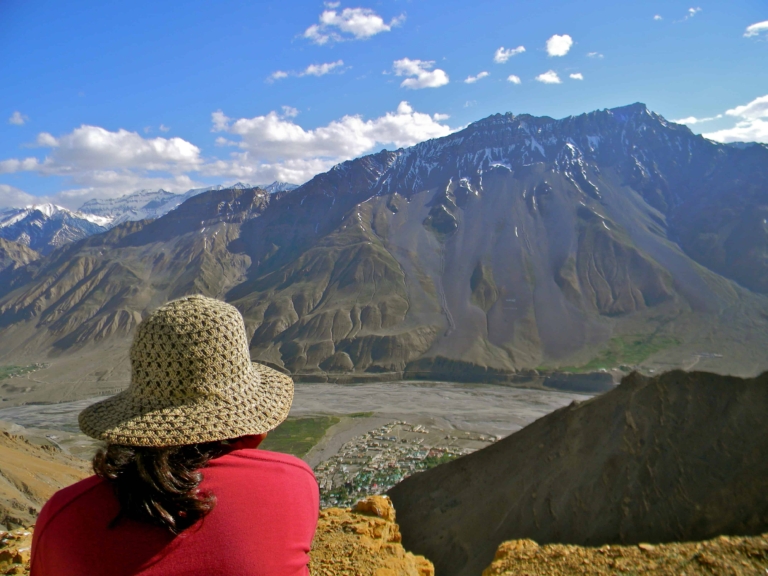
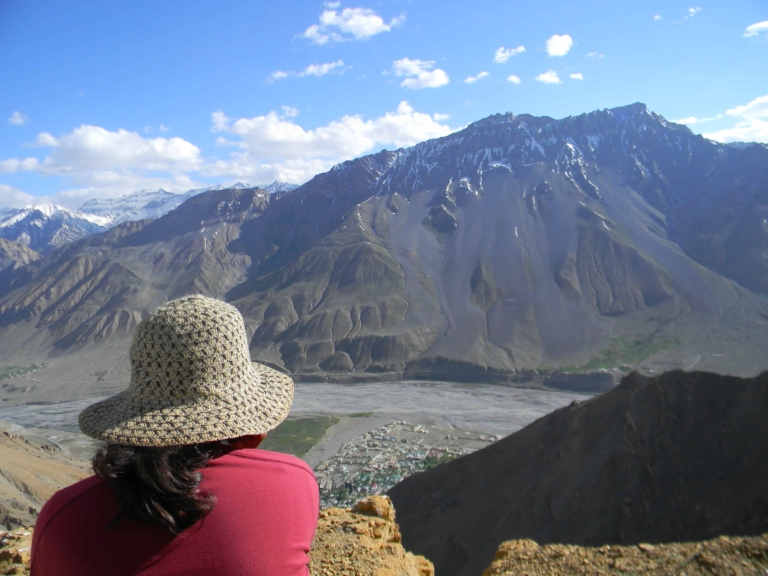
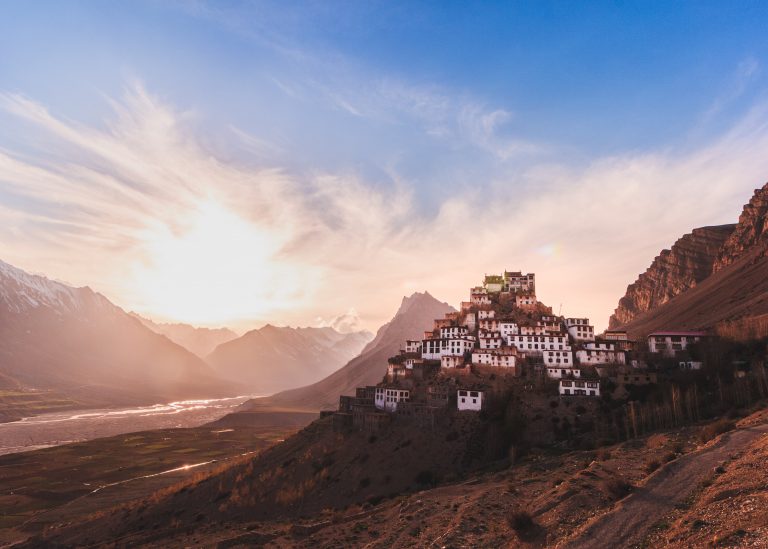
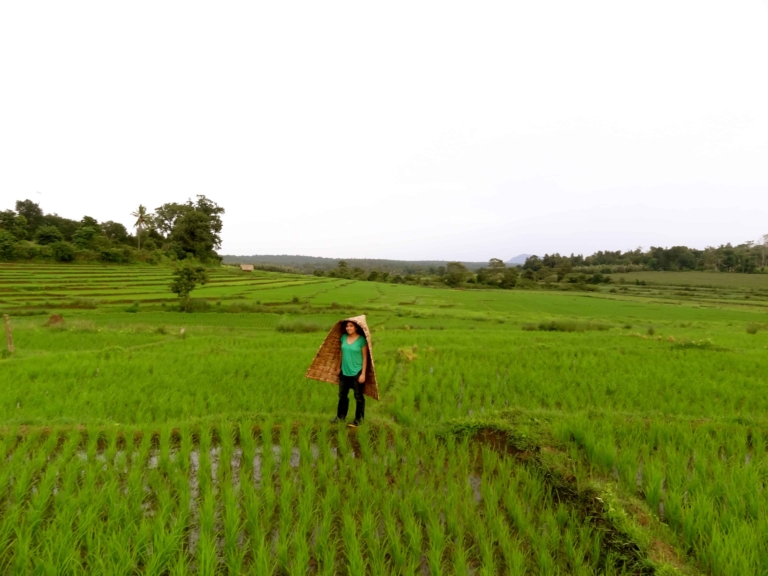
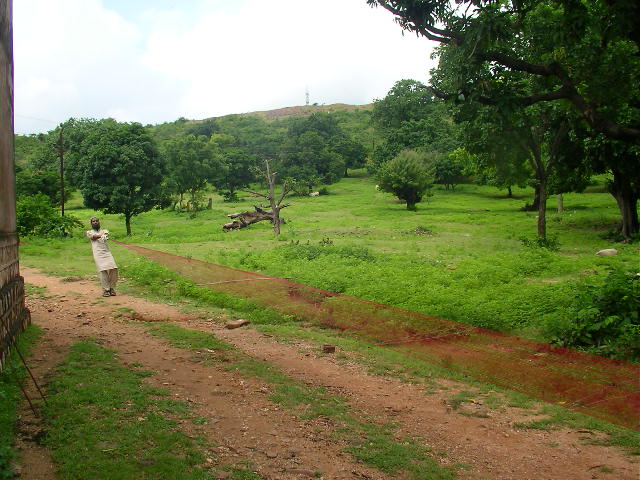
So true
Hope we’ll act on it soon!
I have never travelled to Chattisgarh yet .These beautiful pictures has given some virtual tour of chattisgarh .
Hope you make it there when it’s safe to travel again. Being off the usual tourist track means it has so many treasures to be discovered!
I travelled to Chattisgarh (Bastar area) in Dec last year. We spent some time with the people from tribes of Dhurwa and Gondi. It was a roadtrip and till date it was one of the best trips. I am in concurrence with your views that the expertise held by the village elders is valuable and should be passed on. Yes, it is sad to see the artisans being relegated with a tag of Backward Classes. At the same time, I was filled with joy to see the tribals so much in tune with the nature. Would love to go back anyday!
Would love to go back someday too! Yeah, it would be a shame to let go all those centuries of knowledge and wisdom.
I’ve always loved waterfalls, and this Teerathgath waterfall looks amazingly beautiful!
It was incredible, especially to stand under its spray!
Yes it’s very important to save knowledge about culture and ancient ways of getting things done before those who hold such treasures pass away.
Exactly. How to make it happen practically though?
Loving your post, it’s so refreshing
Thank you, so many more lessons to share from my time in Chhattisgarh!
The way you have described your Chattisgarh adventure…I now really want to experience the raw and meet the tribes there ! Thank you for sharing your stories always 🙂
Thanks Sonal; hope you go after some such adventures once it’s safe to travel again!
Swayed away by your eloquently written pieces and the thought process behind it!
Bastar is pure love.
Just a tiny correction in this one – The snake in the pic is copper head trinket and its non venomous
~More power to you
Thanks Sailaja! Are you sture about the snake? My guides were sure it was a cobra. I’ve google both now and it’s actually quite hard to tell based on the photos on google.
Out of the many unexplored destinations in India, Chhattisgarh has been in my wish list for quite some time now but could not make it owing to some reason or the other.Thank you Shivya ,for presenting us with an absorbing virtual tour of interior regions and the tribal areas of Chhattisgarh. It was a very educative tour thanks largely to your painstaking exercises to gain vital knowledge of the living conditions and the local rituals being practiced there.Keep exploring new places &enlightening us.All the best for the future.Thanks again!
Glad your found this post absorbing 🙂 More stories from this intriguing part of India coming soon!
Thanks and I will forward to it!your posts are quite expressive of the regional diversity and the specific identity of the place visited!
Hope to visit Chhatisgarh someday.
It’s worth the wait, but don’t wait too long 😉
Got it. Thanks.
That waterfall is so beautiful! I have never been to Chattisgarh and now it is on my wishlist. And yes I agree with you, the knowledge that people in tribal areas have should be used to live in harmony with nature. It is the need of the hour. Looking forward to more posts about Chattisgarh.
Teerathgarh is amazing indeed – and the entire state worthy of being on your wishlist. More stories coming soon 🙂
Having lived 2 decades of my life in Bastar, what makes Bastar unique is it’s tribal people. The Dusshera in Bastar is a very unique experience altogether and is marked as one of the longest festivals in the world. Bastar also boasts of two most beautiful waterfalls of India : one is what Shivya has posted pictures of(Teerathgarh) and another, even bigger one, Chitrakoot. It is also popular for it’s ant chutney which lists amongst top five dishes Gordan Ramsay tried here in India.
Just my 2 cents about my place.
Thanks for sharing Ayush. According to my guide, there’s a dam on the other side of Chitrakoot now so outside of monsoon, the flow is quite less. And ant chutney is apparently not something that was traditionally part of the tribal cuisine! At most in winter.
Thanks for visiting chhattisgarh my home state. Surely your thoughts and concern for sastanible life( food, employment, urbanization) for tribles are true.
Lucky you to call it home! Any recommendations for a future trip to Chhattisgarh?
Your journey is inspiring & sustainable with nature.Tribes are really conseve nature & we have to see in different Dimensions like protecting our nature,land,indigenous knowledge.
Yeah, we need to re-evaluate what it means to be developed itself.
Thanks for bringing the not so ‘touristy’ places to the limelight. The threat of centuries old knowledge on the brink of extinction with the current elders is so real and so frustrating. I had met a tribal elder from Odisha and even he told me that youth these days prefer the ‘modern’ ways of living. Can u please use your popularity online to reach out to the tribal ministries to do something to preserve this knowledge and connect with nature?
Heard that all around in Chhattisgarh and Odisha too, and across rural India in general. I guess we’d be no different from that youth if we were labelled “backward” too. I don’t really know how to reach out to them – any bright ideas?
Heyy Shivya!
I live in Chhattisgarh but I have not visited Bastar in my life. Thank you for sharing your experiences. It has inspired me to travel within my state.
Hello, I am also solo traveler and Chhattisgarh was on my wish list before this pandemic. The article has truly peaked my interest and has engrossed me to this place. Beautiful presentation, thank you for your information.